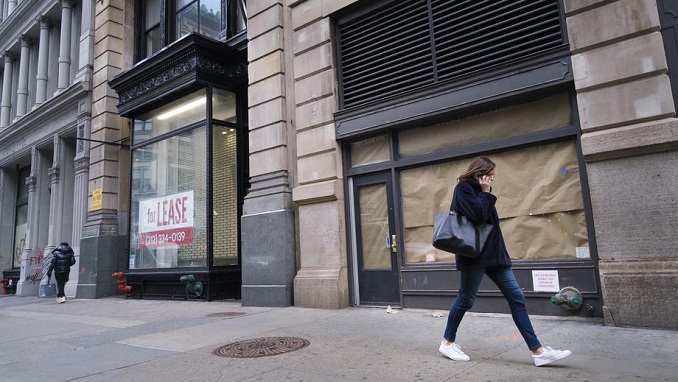
As the relentless COVID-19 epidemic continues to put pressure on supply chains, producer prices in the United States rose steadily in August, resulting in the largest annual rise in nearly 11 years, implying that high inflation is likely to remain for some time, Reuters reported citing official statistics data.
Other statistics released on Friday showed that the pace of inventory building at wholesalers decreased in July, highlighting strong demand and supply limitations. Wholesalers are clearing shelves in the shortest time in seven years.
According to the Labor Department, the producer price index for final demand climbed 0.7 percent last month following two consecutive monthly rises of 1.0 percent. The increase was driven by a 0.7 percent increase in services, which followed a 1.1 percent increase in July.
Two-thirds of the overall increase in services was due to a 1.5 percent increase in trade services, which track changes in wholesaler and retailer profits. Prices of products increased by 1.0 percent, following a 0.6 percent increase in July, with food costs rising by 2.9 percent.
The cost of transportation and warehousing increased by 2.8 percent.
The current worldwide wave of COVID-19 infections, caused by the Delta form of the coronavirus, has halted operations at Southeast Asian firms that supply crucial raw materials to U.S. manufacturers. Congestion at Chinese ports is also putting a strain on American supply chains.
After soaring 7.8% in July, the PPI advanced 8.3% in the 12 months through August, the largest year-on-year gain since November 2010, when the series was overhauled.
The PPI was expected to rise 0.6 percent on a monthly level and 8.2 percent year over year, according to economists surveyed by Reuters.
The stock market on Wall Street was down. The dollar kept its stability against a bucket of currencies. Treasury prices in the United States have dropped.

Be the first to comment